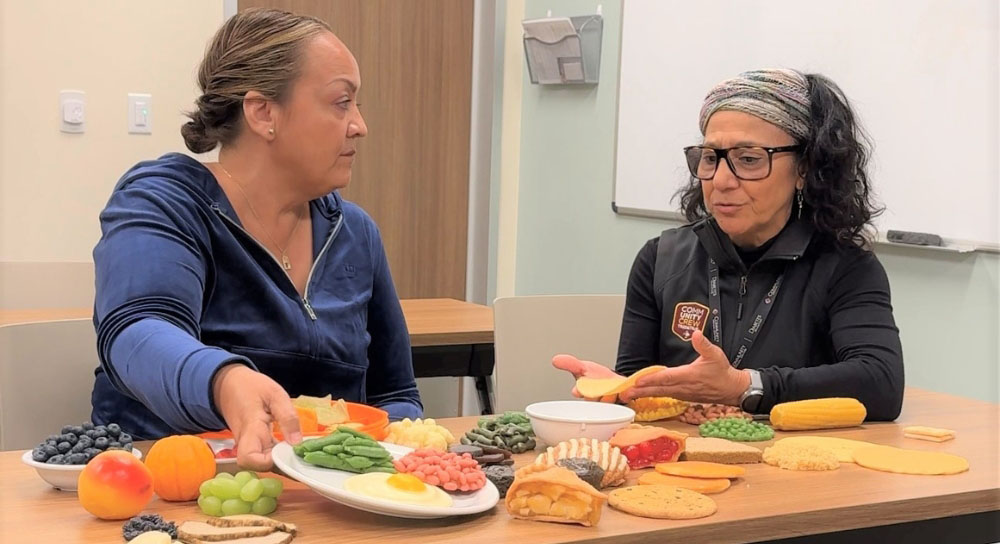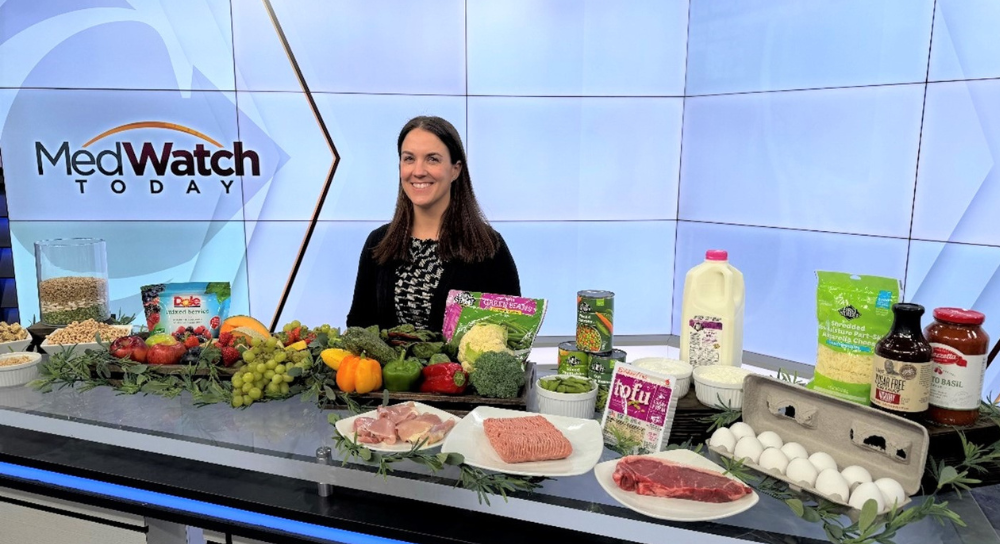It’s almost impossible to get away from the topic of the COVID-19 (coronavirus) or how it’s affecting our lives on a daily basis. One tactic many healthcare professionals recommend though is to be careful about what information you take in during this unprecedented time. The American Psychological Association (APA) and Fresno County Department of Public Health are among those offering advice to help navigate the news coverage.
1. Keep things in perspective
The events surrounding coronavirus are changing so fast, it’s hard to keep track of the latest news. Some mental health professionals have recommended limiting your news exposure to three times a day. Also, remind yourself that government and healthcare professionals are working to keep everyone safe, especially those with higher risks of severe contagion. You can help by keeping yourself and your family isolated.
2. Get the facts from a trusted source
Community Medical Centers is relying on the expertise of its healthcare professionals, the Centers for Disease Control (CDC), and our state and county departments of public health. You can get information from our COVID-19 (coronavirus) web page.
It’s important to be aware, however, of information you can’t trace back to its source. Family and friends mean well but be sure to verify the information they share. The CDC and Johns Hopkins University have pages dedicated to coronavirus myths, and other organizations are tracking the spread of bad information, too.
3. Communicate with your children in an honest and age-appropriate manner
Children will get their information from friends, family, the media and the devices they have connected to the internet, just as adults do. The APA is recommending you discuss the topics they hear about honestly, but keep it age appropriate – a five-year-old will understand things much differently than a fifteen-year-old. Both will look to the adults in their lives for examples of how to behave. Many childcare experts also suggest maintaining a regular routine for children to provide a sense of certainty.
4. Keep connected
We’re seeing people embracing connections — many of the tech-variety — like never before. Gym, crafting, and other classes are using virtual methods to educate from home. While everyone stays at home, it’s more important than ever to find creative ways to connect. These connections help keep a sense of normalcy and, even if the conversation centers itself around coronavirus, can still relieve some anxieties.
5. Seek additional help
If you’re experiencing stress, anxiety or fear, or if you feel alone, in this virtual age there are a lot of resources to help you while you shelter-in-place. These are exceptional times and anyone in need should reach out early and often.
-
If you’re experiencing an emergency call 9-1-1.
-
Hear the APA’s podcast specifically about coronavirus anxiety.
-
Get peer-based help through the California warm line, either over the phone (1(855) 845-7415) or by online chat.
-
Call the county’s Behavioral Health Access Line 1(800) 654-3937.


.jpg)


